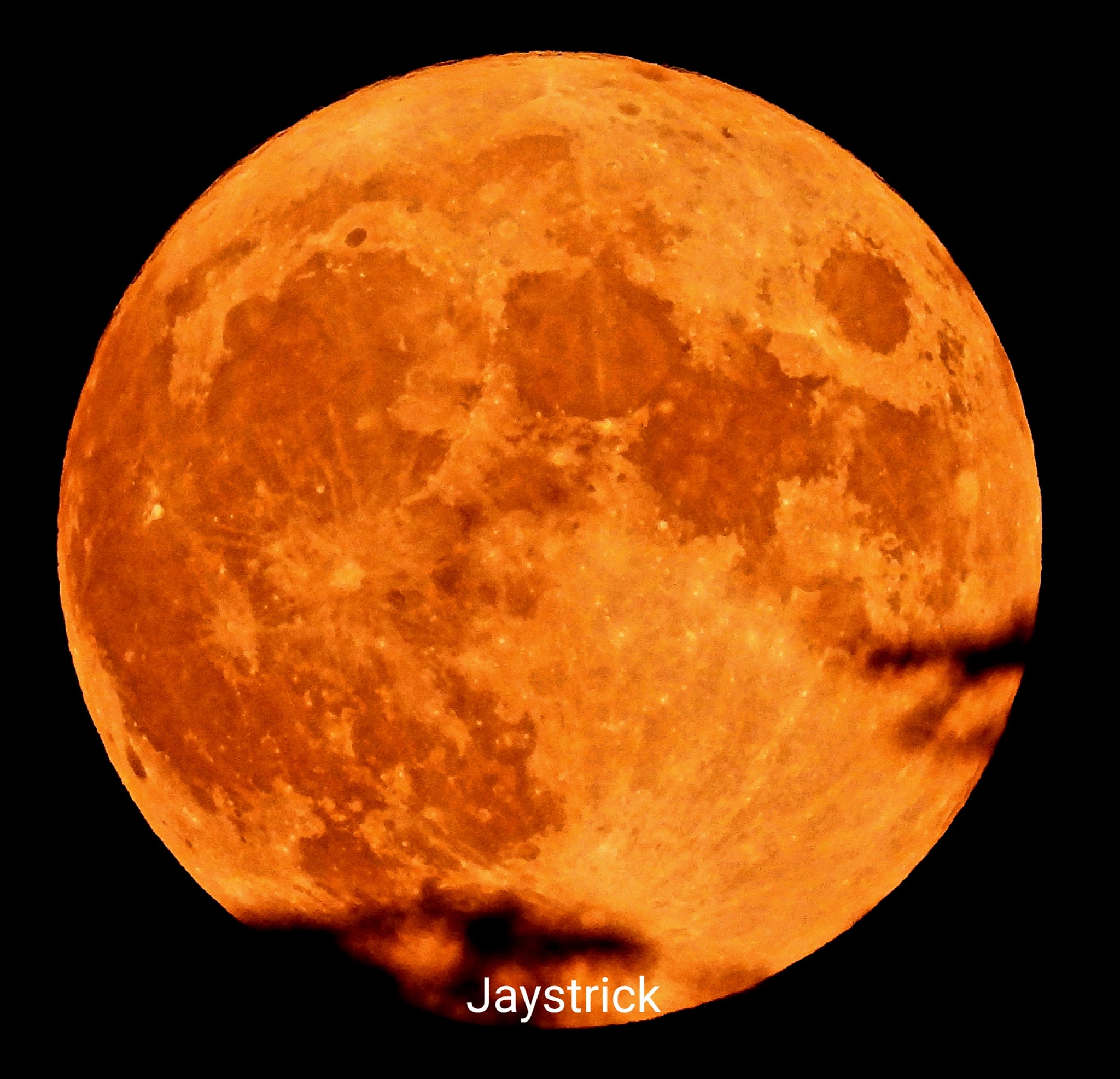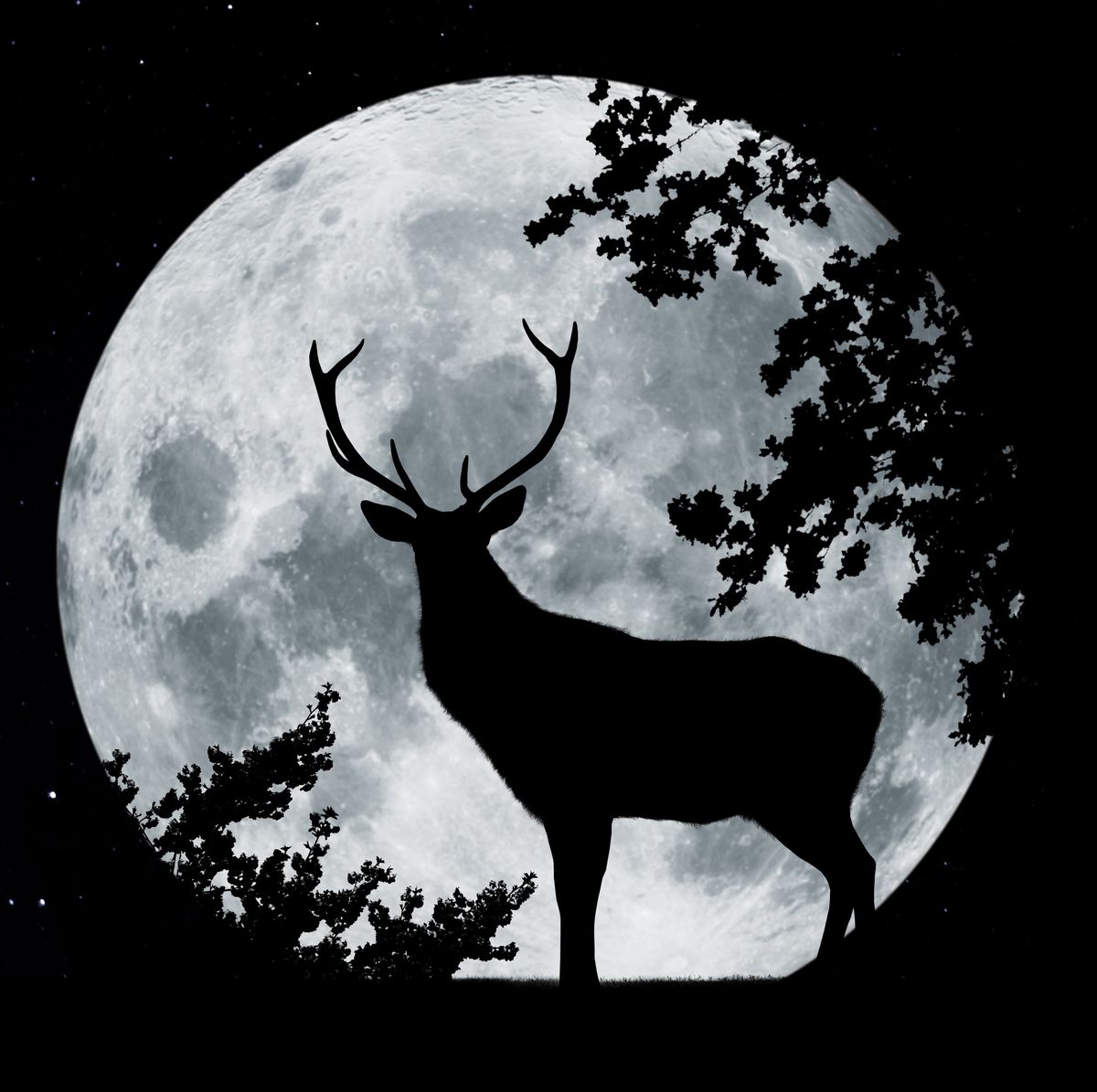Follow us on Telegram for the latest updates: https://t.me/mothershipsg
Whether you're an astronomy nerd or a casual observer, there's no getting over the moon (pun intended).
Especially on nights when it's at its most spectacular, as will be the Buck Moon on Jul. 3, 2023.
 Image from Jay Strick/Facebook.
Image from Jay Strick/Facebook.
Visible from Singapore
July's Buck Moon is one out of the four supermoons we'll be experiencing this year.
This is the second closest supermoon to our planet in 2023, according to the Science Centre Observatory.
At its nearest, the Buck Moon will be roughly 362,000 km from Earth.
When, where, and how to catch the Buck Moon
On Jul. 3, the Buck Moon will rise at 7:13pm from around the Southeast direction, until 1:25am where it'll peak at the Meridian, the highest point in the sky that it'll reach, before setting towards the Southwest direction at 7:40am on Jul. 4.
The moon will be visible across Singapore from 9pm.
Visible with the naked eye, this upcoming supermoon will be hard to miss.
However, noted the Science Centre Observatory, the moon’s appearance may vary depending on atmospheric conditions and your specific location.
The Observatory recommends heading to open public areas like the Marina Barrage, East Coast Park, and the Southern Ridges.
What is a Buck Moon?
A Buck Moon happens when the moon’s orbit is closest to Earth, making it look bigger and brighter than usual.
If you Google "Buck Moon" with absolutely no knowledge of its epistemology, you might be amused to find pictures of a literal buck and a moon.
 Image from Kerrick/Getty.
Image from Kerrick/Getty.
But it's actually a pretty accurate depiction.
The Buck Moon's name was first coined by Native Americans because male deer, called bucks, have been observed to sprout new antlers during the month of July.
Fun fact: Bucks shed their antlers and grow new ones each year.
Antlers are a symbol of strength and growth, which is why the Buck Moon is often tied to the idea of renewal and rejuvenation.
Top image from Heather Wilde/Unsplash
If you like what you read, follow us on Facebook, Instagram, Twitter and Telegram to get the latest updates.

